The 10 Tech Trends That Will Transform Our World
18 January 2022
What makes the fourth industrial revolution so different from previous industrial revolutions is the convergence and interaction between multiple technology trends at once. In this article, I list the ten major technology trends that are driving the fourth industrial revolution – trends that I believe will forever alter how we do business and live our lives.
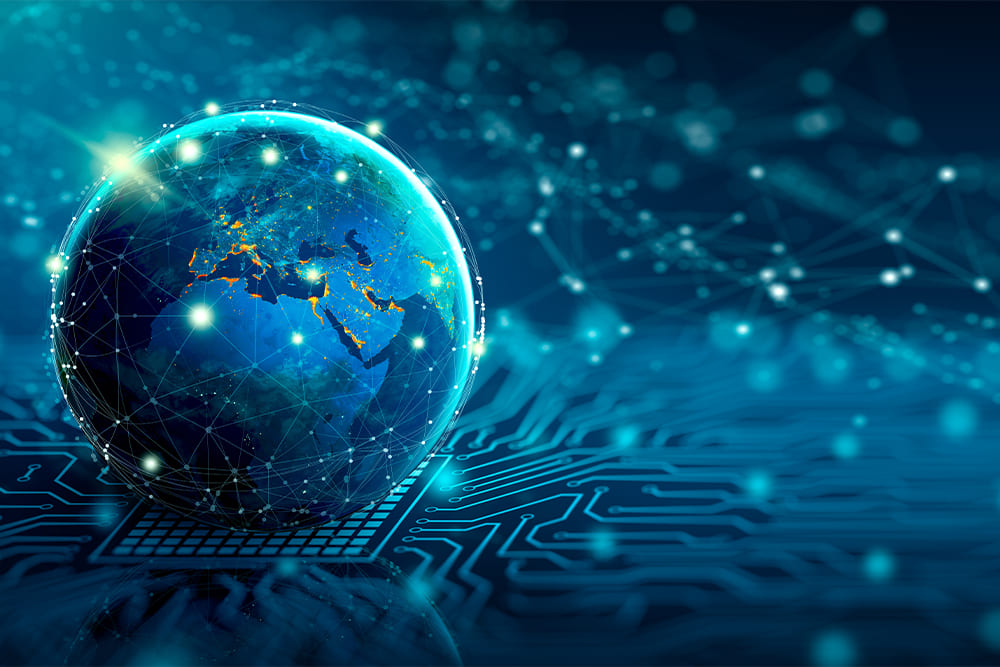
Trend 1: Ubiquitous computing
These days, computers are all around us: in our pockets, on our wrists, in our cars, even in our household appliances…
As processing power has increased and the size of computer microchips has shrunk, we’ve quickly become used to computers and devices getting smaller, lighter, cheaper, more powerful, and more ubiquitous. (As an example, the average smartphone today is more powerful than the supercomputers of 10 years ago.) Looking ahead, probably the next big leap in computing power will come from quantum computers – computers that are so fast and powerful, they could be used to complete new, previously impossible tasks that traditional computers aren’t capable of.
Trend 2: Connected and smart everything
No doubt you’re familiar with the Internet of Things (IoT) from devices like smart TVs, smartwatches, and smart thermostats. The IoT refers to the increasing number of intelligent, connected devices and objects that are capable of gathering and transmitting data.
In the future, anything that can be connected, will be. Not just in terms of devices and products – although that is obviously a key consideration for businesses – but also the spaces in which we live and work. From smart, connected factories and offices to entire smart cities, the spaces around us will increasingly be equipped with the ability to monitor what’s going on and act accordingly.
Trend 3: The datafication of our world
Ubiquitous computing and the IoT are both huge contributors to the sheer volume of data that’s being generated on a daily basis. But alongside this machine-generated data, we humans are also generating masses of data through our daily activities, and this shows no signs of slowing down.
The good news is businesses can use this data to design better products and services, improve business processes, enhance decision making and even create new revenue sources. But businesses must also be aware of the risks posed by data, particularly around data privacy and security.
Trend 4: Artificial intelligence (AI)
All that data being generated is a core enabler for AI, which has made incredible leaps in the last few years, particularly when it comes to “conversational AI.” In 2020 alone, smart speakers answered 100 billion voice commands – 75 percent more than in 2019 – all thanks to AI.
The takeaway for businesses is that, as our interactions with machines become increasingly intelligent, customers will expect all manner of products and services to feature some sort of AI capability.
Trend 5: Extended Reality (XR)
XR is an umbrella term representing the spectrum of immersive technologies: virtual reality, augmented reality, and mixed reality.
XR was primarily known for immersive gaming, but nowadays, it is deployed across a wide range of industries, where it is being used to create more immersive, personalized experiences for customers and employees. For example, customers can now try out products virtually – such as digitally placing a new sofa in their living room to see how it looks – and employees can learn in immersive, interesting new ways.
In the future, I believe our experience of the world will increasingly take place in this blurred space between the real world and the digital one, and XR is only going to accelerate this shift. Companies must therefore begin to consider how they will accommodate this, and create immersive experiences for their customers and employees.
Trend 6: Digital trust
Digital trust is essentially the confidence users place in organizations to build a secure digital world, where transactions and interactions can take place safely, securely, and easily.
Many – myself included – believe blockchain and distributed ledger technology will play a central role in raising digital trust and making interactions more secure. That said, the technology has some way to go before it’s truly accessible for all types of organizations. For many businesses, the answer may lie in partnering with the many new innovators and entrepreneurs who are making real headway in the blockchain space.
Trend 7: 3D printing
These days, the materials used for 3D printing can be pretty much anything: plastic, metal, powder, concrete, liquid, even chocolate. Entire houses can now be 3D printed.
This has the potential to transform manufacturing. In short, 3D printing gives manufacturers the ability to make things that can’t easily be produced with traditional methods, to streamline the manufacturing process, and create highly personalized products (even completely unique one-offs), all while eliminating waste and reducing costs.
Trend 8: Gene-editing and synthetic biology
Gene editing can have particular advantages when “bad” genes are detected – genes that could endanger the health of an organism or its descendants. Thanks to new gene-editing technology, these harmful characteristics can, in theory, be altered. In this way, gene editing could deliver some drastic leaps forward in the fight against disease – in humans, animals, and crops.
While gene-editing tools can be used to make small changes to DNA, synthetic biology can involve stitching together long strands of DNA and inserting them into an organism. As a result, the organism may behave differently or have entirely new abilities.
What’s this got to do with businesses? I believe synthetic biology and gene editing may drastically alter the way we produce products. Think of exciting new products such as cultured meat, and it’s easy to see how transformative these technologies could be.
Trend 9: Nanotechnology and materials science
Materials science (the discipline of studying and manipulating materials) and nanotechnology (the science of controlling matter on a tiny scale, at the atomic and molecular level) have already given us some incredible advances, from tiny computer chips, smartphone displays, and lithium-ion batteries, to stain-resistant fabrics.
Looking ahead, this trend could deliver major breakthroughs in electric car batteries, make solar energy more affordable, and deliver other advances that will make the world a better place.
Trend 10: New energy solutions
Nuclear fusion is often touted as the clean and potentially inexhaustible energy solution for the future, but there’s a problem – maintaining a fusion reaction takes more energy than it produces! But now, thanks to advances in magnet technology, we may see a nuclear fusion reactor deliver a net power output by 2035.
Another exciting zero-carbon energy solution is green hydrogen (which is different from traditional "grey hydrogen" production). With green hydrogen, water is split into hydrogen and water, without creating any byproducts, through a process of electrolysis. Historically, this process took so much electricity; green hydrogen was basically unfeasible. But renewable electricity sources may change this. For example, as excess renewable electricity is becoming available on the grid, that excess energy could, in theory, be used to drive the electrolysis of water.
The key lesson from all these trends is we’re entering an era of continual and rapid evolution, where multiple tech trends combine and feed into each other to deliver huge changes. For businesses, this means the days of incremental tech upgrades are gone forever. Continual change is the way of the future.
Related Articles
The New HR Playbook: Catalyze Innovation With Analytics And AI
Beneath the surface of every HR function, there lies a treasure trove of data. But if that[...]
The Eight Biggest HR Trends In 2024
For those working in employee and people management, the focus in 2024 will be on managing[...]
The New Frontier In Workplace Safety: Data Analytics And AI
Almost all employers want to ensure their workplaces are safe zones that are free[...]
The Biggest Banking And Financial Services Trends For 2024
2024 promises to be a landmark year in banking and finance, marked by significant[...]
The Evolution Of Data-Driven And AI-Enabled HR
The pulse of any organization lies not just in its products or services but in its people.[...]
How Data And AI Are Reshaping Contemporary HR Practices
The world of human resources (HR) stands on the precipice of an exciting era powered by data and AI.[...]
Sign up to Stay in Touch!
Bernard Marr is a world-renowned futurist, influencer and thought leader in the fields of business and technology, with a passion for using technology for the good of humanity.
He is a best-selling author of over 20 books, writes a regular column for Forbes and advises and coaches many of the world’s best-known organisations.
He has a combined following of 4 million people across his social media channels and newsletters and was ranked by LinkedIn as one of the top 5 business influencers in the world.
Bernard’s latest book is ‘Generative AI in Practice’.

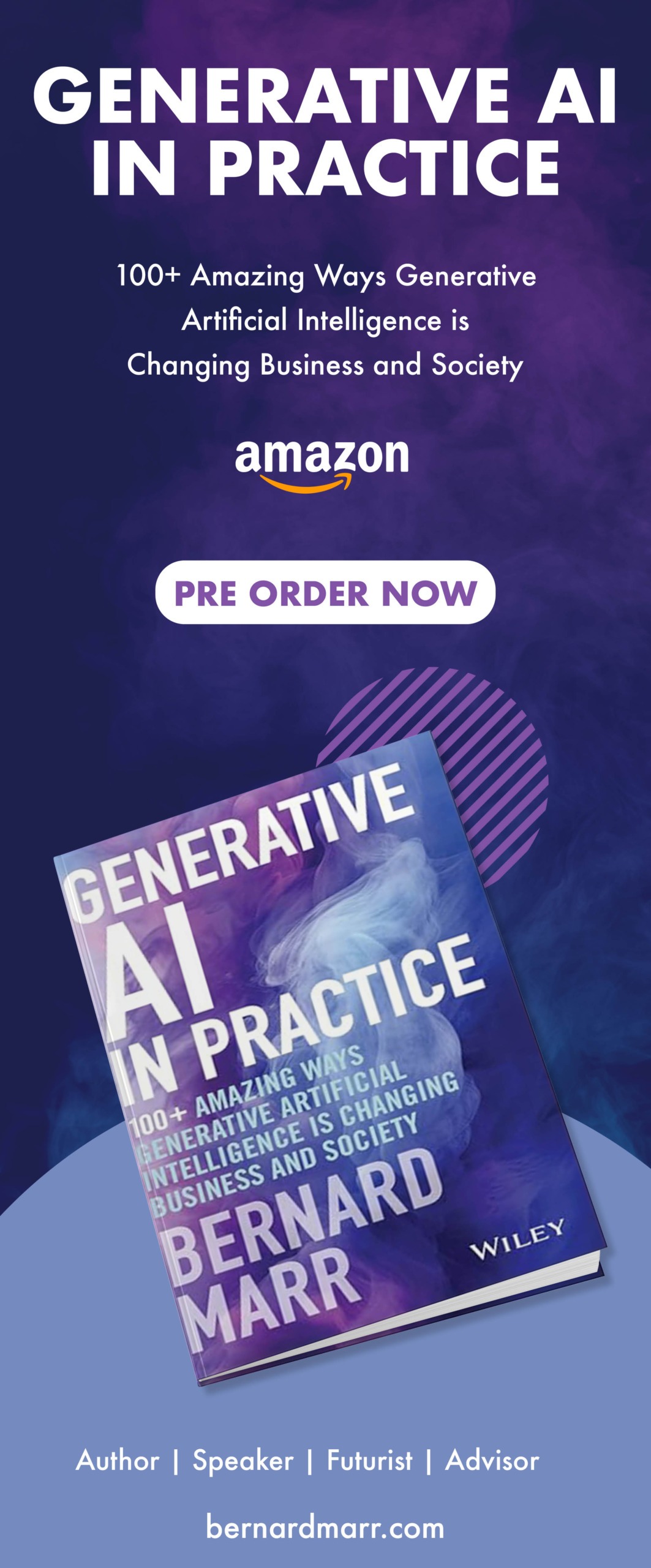


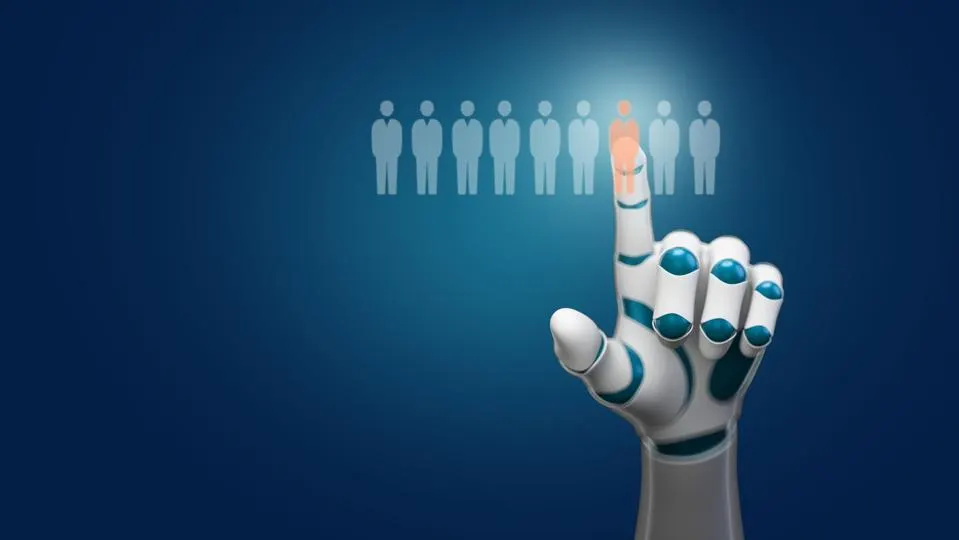
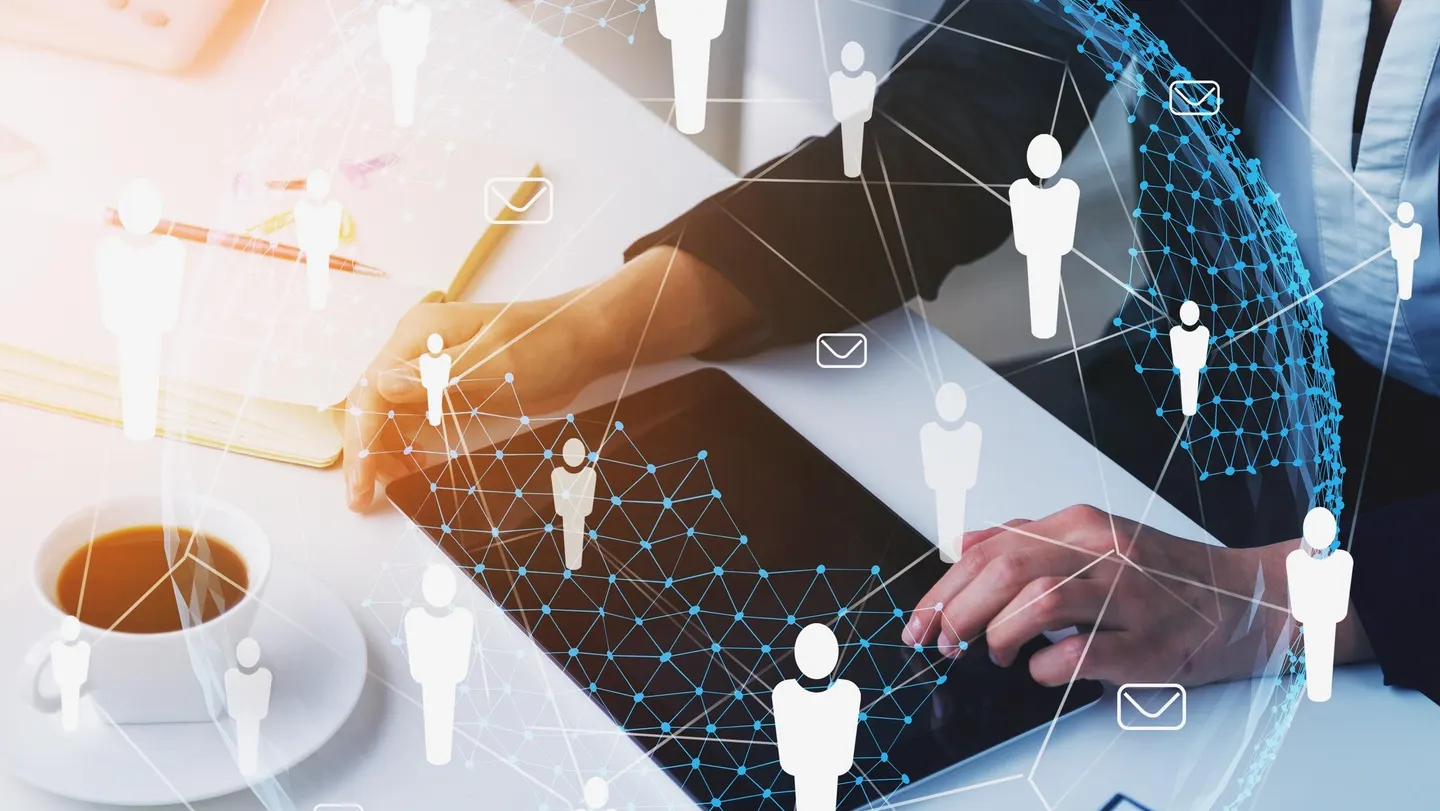
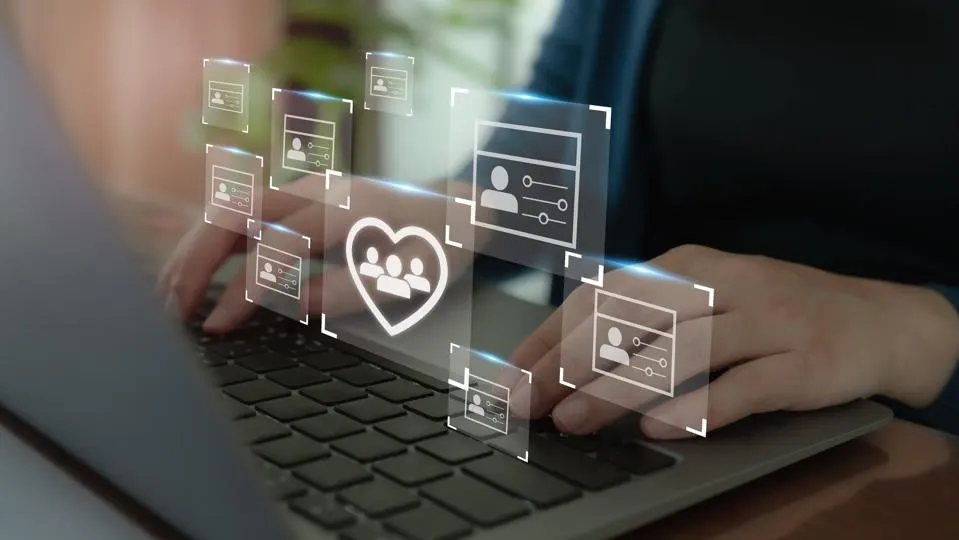


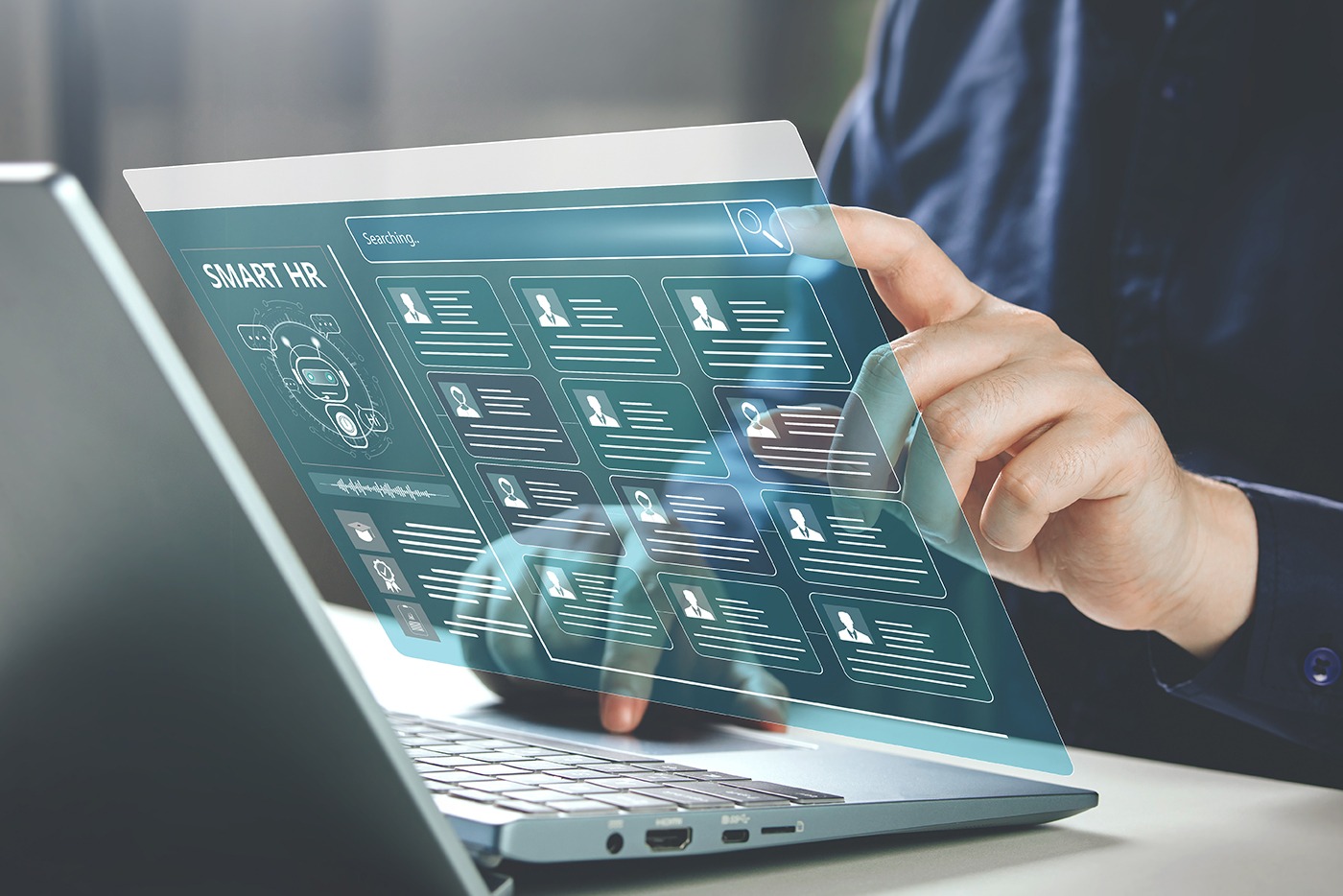
Social Media